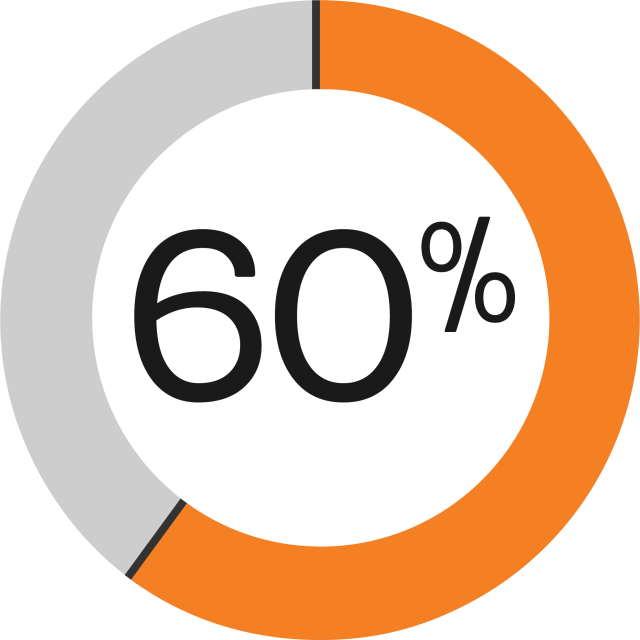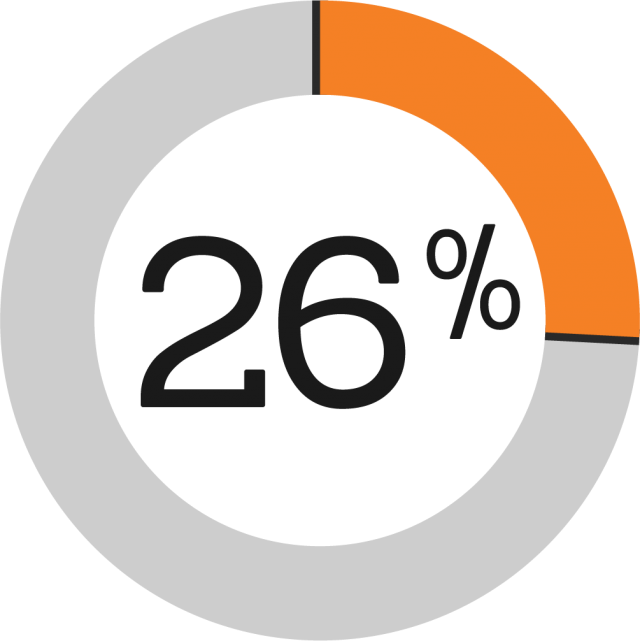Princeton students gather for a class selfie at the beginning of the academic year.
Princeton University has offered admission to 1,895 students for the Class of 2023, including 18 percent who will be first-generation college students and 26 percent from lower-income backgrounds. This year’s admission process reflects the University’s enduring commitment to attract, enroll and support extraordinary students from all backgrounds.
“We are excited to welcome a new class of Princeton students in the fall, and I look forward to meeting admitted students during our Princeton Preview event in April,” said Jill Dolan, acting dean of admission and dean of the college. “I was truly impressed with the wide range of interests and talents the students we have admitted will bring to campus. Their socioeconomic, geographic and intellectual diversity will enable vibrant and compelling campus conversations.”
The University’s undergraduate admission office has mailed letters to students in the regular-decision applicant pool, and applicants will be able to see their decisions via secure online access starting today at 7 p.m. EDT. In December, 743 applicants were offered admission through single-choice early action.
Students from a wide range of backgrounds
The University uses a range of approaches and partnerships to attract high-achieving students from a wide array of backgrounds.
Princeton is a member of the American Talent Initiative, a national effort to expand college access and opportunity for talented low- and moderate-income students. ATI aims to attract, enroll and graduate an additional 50,000 lower-income students by 2025.
The Office of Admission works with community-based organizations and nonprofits, such as QuestBridge, Leadership Enterprise for a Diverse America (LEDA) and the Princeton University Preparatory Program, to encourage high-achieving, low-income students to apply to Princeton.
Princeton also recently reinstated a transfer admission program, which particularly encourages applications from students from low-income backgrounds, community college students and U.S. military veterans. The deadline for transfer applicants was March 1, and transfer candidates will receive admission decisions in early May. Around 12 transfer students are expected to enroll in fall 2019.
For the Class of 2023, Princeton received 32,804 applications through the single-choice early action and regular decision programs. The applicant pool included students from among 10,813 high schools from 161 countries.
Of the students offered admission, 52 percent are women and 48 percent are men; 56 percent have self-identified as people of color, including biracial and multiracial students; 63 percent of the admitted students come from public schools. Just over 23 percent of admitted students indicated they want to study engineering, and 15 percent of applicants are interested in studying the humanities. Children of Princeton alumni account for 11 percent of the admitted students.
The students come from 50 states, plus Washington, D.C., Puerto Rico and the Virgin Islands, and are citizens of 60 countries.

100 percent of tuition, room and board is covered by Princeton's financial aid package for lower-income students.
Making a Princeton education affordable for all
Princeton is committed to affordability in higher education, and our financial aid program is one of the most generous in the country. Most students graduate debt-free because they are not required to borrow as part of Princeton’s aid program. This commitment has been key to tripling the percentage of low-income college students attending Princeton over the last decade.
“The expansion of our financial aid program has truly changed the face of campus by making it possible for a much more economically diverse group of students to access all that a Princeton education has to offer,” said Robin Moscato, director of financial aid. “One of the great pleasures for those of us who work in the financial aid office is meeting students and their families at Princeton Preview, then getting to know and work with them from their first year through graduation.”
More than 60 percent of Princeton undergraduates receive financial aid. The average grant is greater than the cost of tuition, while lower-income students receive aid that covers full tuition, room and board. For many families, Princeton is more affordable than the cost of a state college or university.

More than 60 percent of Princeton undergraduates receive financial aid. Students from low- and middle-income backgrounds qualify for aid, including students with family incomes up to $250,000.
Princeton Preview
“Now we begin the gratifying work of recruiting our admitted students to our first-year class,” Dolan said. “In April, we’ll host two Princeton Preview sessions, at which faculty, staff and current students welcome admitted students to campus and champion the pleasure and import of a Princeton education. Preview offers students an immersive experience in campus academic and co-curricular life and persuades many students to join us in the fall.”
Princeton Preview includes visits to classes, discussions with current students and faculty, open houses with academic departments and campus life offices, and an overnight stay in the residential colleges.
Victoria Davidjohn, a Princeton senior, said she’s excited to help welcome admitted students to campus next month.
“Princeton Preview solidified my love for the campus and people of Princeton University,” Davidjohn said. “From seeing one of the most spectacular displays of the performing arts on campus to the life-long connections you'll make as you walk from Nassau Hall to Forbes College, Princeton Preview is a chance at catching a glimpse of the University that will shape, stretch and guide you towards who you will be in the future. We can't wait to welcome you home!”

26 percent of students admitted to the Class of 2023 are from lower-income backgrounds. The percentage of low-income college students attending Princeton has tripled over the last decade.
Enrolling the Class of 2023 and beyond
Admitted candidates have until May 1 to accept Princeton’s offer of admission. In addition to the 1,895 students admitted, 902 candidates have been placed on the wait list. Any students on the wait list who may be offered admission in May or June will receive the same financial aid they would have received had they been offered admission this week.
The class size is expected to be 1,296 students for the Class of 2023. Up to 35 members of the Class of 2023 are expected to defer their enrollment for a year to participate in Princeton’s Novogratz Bridge Year Program. The University-sponsored program allows incoming first-year students to spend a tuition-free year abroad engaging in service work in Bolivia, China, India, Indonesia or Senegal.
Dolan indicated that Princeton is in the midst of planning a new residential facility, Perelman College, which will allow the University to accept more talented students who can realize the benefits of a Princeton education. The goal is to expand the undergraduate population by 500 students overall (125 students per class) starting in fall 2022.
“I’m proud of our terrific admission and financial aid staff and grateful for their hard work selecting and funding the incoming class,” Dolan said. “By working with our distinguished faculty and dedicated staff, I know all the students in the Class of 2023 will flourish on campus as they equip themselves for lives of service to the nation and to humanity. I look forward to the imprint they’ll leave on campus and to the impact they’ll have on the world.”




